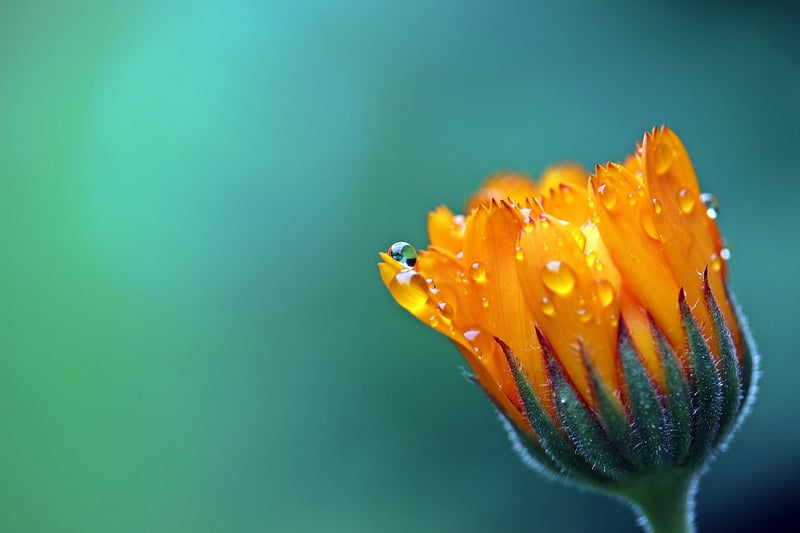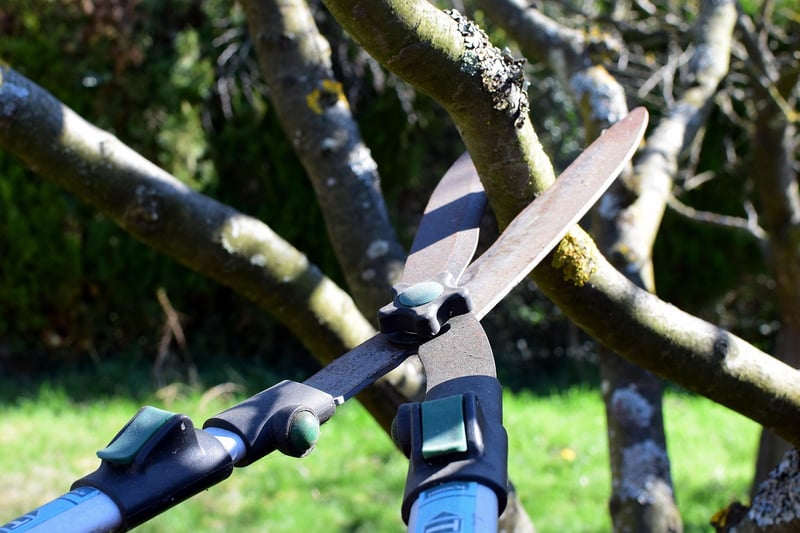Pruning techniques
#Plant maintenance
#Gardening tips
#Plant health
Proper Care and Pruning Techniques for Healthy Plants
Plants not only enhance the aesthetics of your living space but also contribute to a healthier environment. To ensure your plants thrive and remain in top condition, proper care and maintenance are essential. This guide will cover essential plant care tips and effective pruning techniques to help your green friends flourish.
Plant Care Tips:
- Watering: Different plants have varying water requirements. Ensure you understand the specific needs of each plant and water accordingly. Overwatering can lead to root rot, while underwatering can cause wilting.
- Light: Position your plants where they can receive adequate sunlight based on their light requirements. Insufficient light can lead to leggy growth, while too much direct sunlight can scorch the leaves.
- Soil: Use well-draining soil to prevent waterlogging. Consider repotting plants when they outgrow their containers to provide ample space for root development.
- Fertilizing: Feed your plants with a balanced fertilizer during the growing season to promote healthy growth. Be cautious not to over-fertilize, as it can harm the plant.
- Cleaning: Dust off your plant's leaves regularly to allow proper respiration. This also helps prevent pest infestations and diseases.
Pruning Techniques:
Pruning is a vital aspect of plant care that involves the removal of dead or overgrown parts to encourage healthy growth. Here are some pruning techniques to follow:
- Remove Dead/Damaged Parts: Trim off any dead or damaged leaves, stems, or flowers. This prevents the spread of diseases and maintains the plant's overall health.
- Promote Growth: Prune to encourage new growth and shape the plant. Pinching off the tips of stems can stimulate branching and create a bushier plant.
- Control Size: Regular pruning helps control the size of the plant, preventing it from becoming leggy or overcrowded. Trim back excessive growth to maintain a compact shape.
- Prune After Flowering: For flowering plants, prune after the blooming period to remove spent flowers and shape the plant for the next flowering cycle.
By following these plant care tips and pruning techniques, you can ensure your plants not only survive but thrive in their environment. Remember to observe your plants regularly and adjust your care routine as needed to keep them healthy and vibrant.


